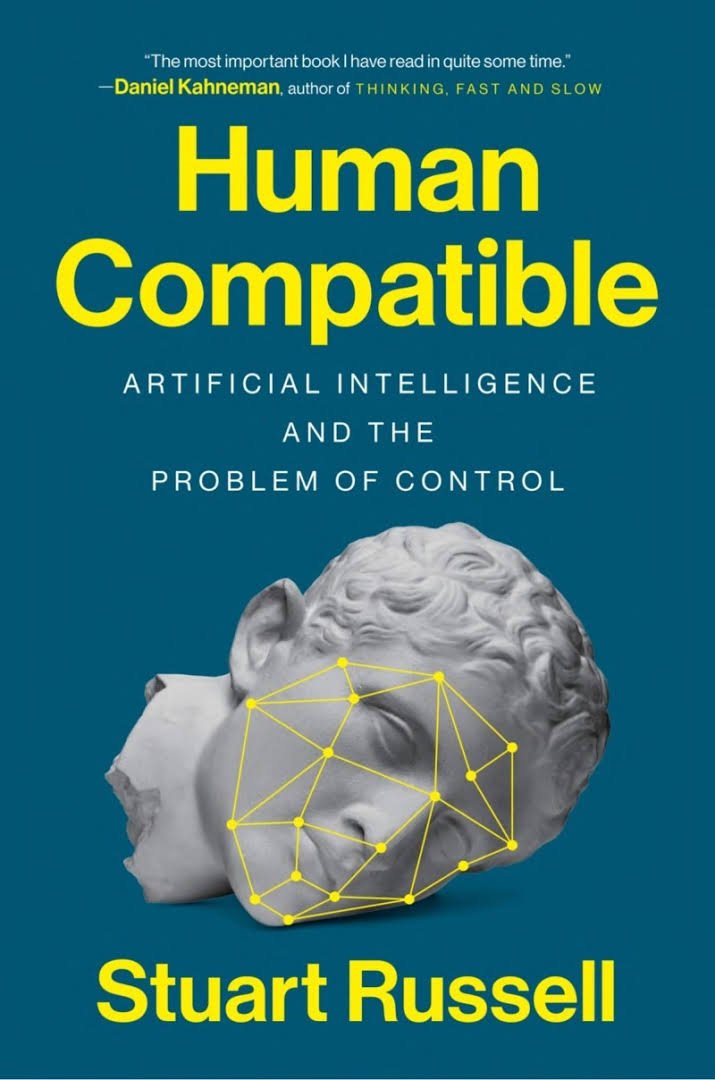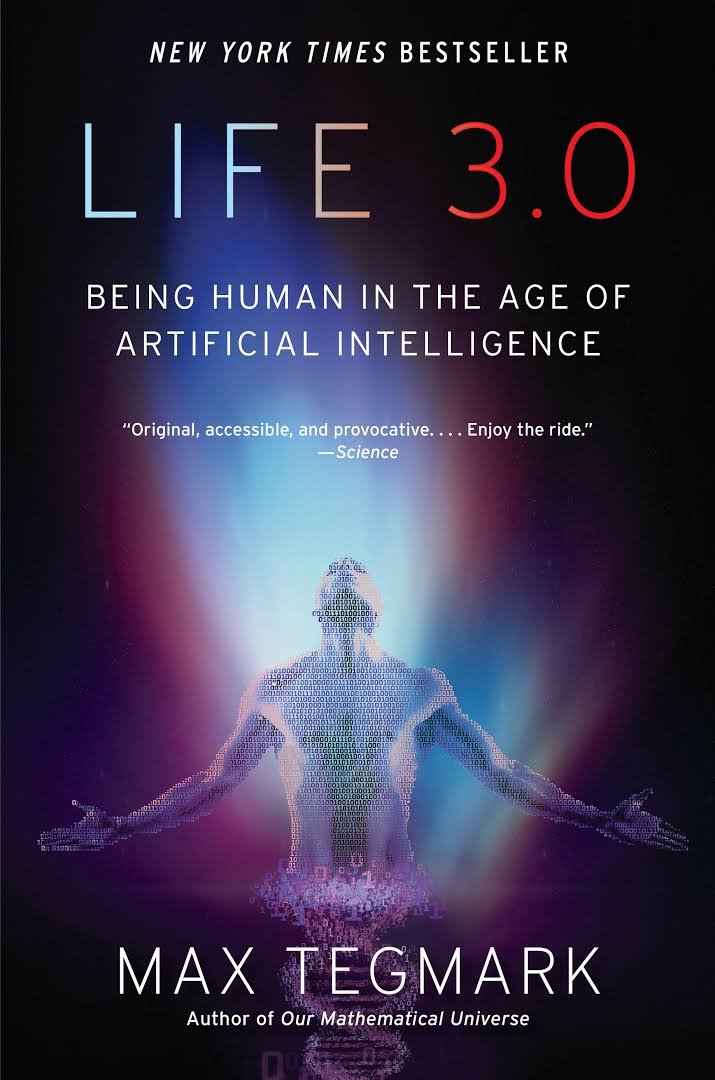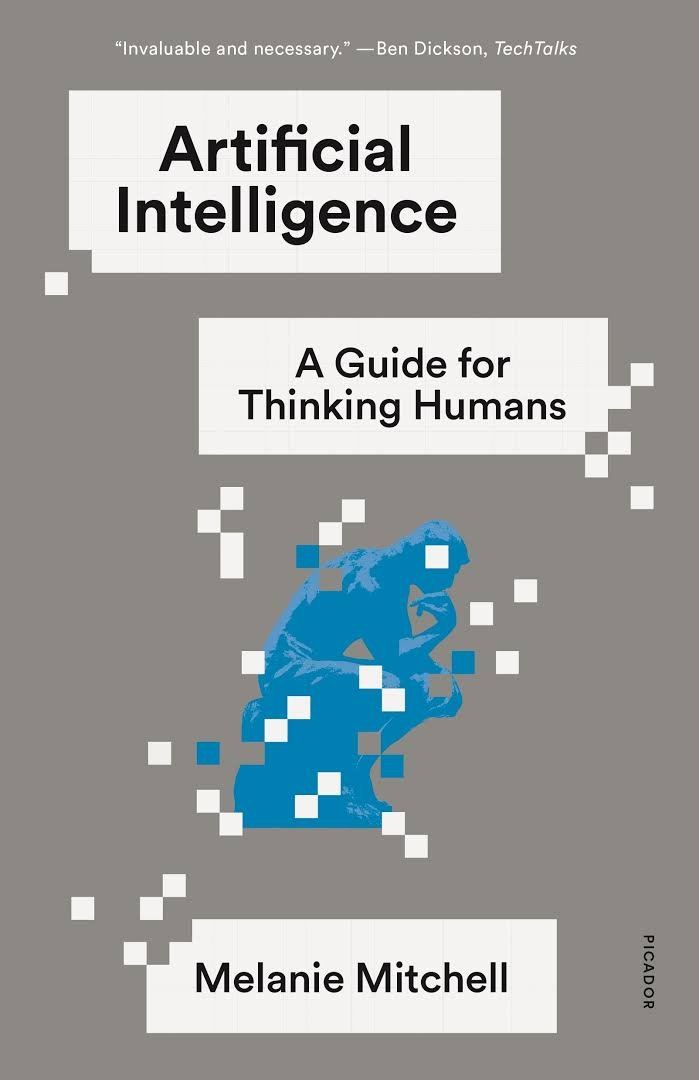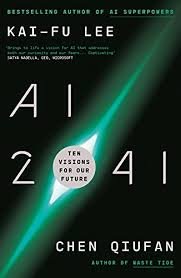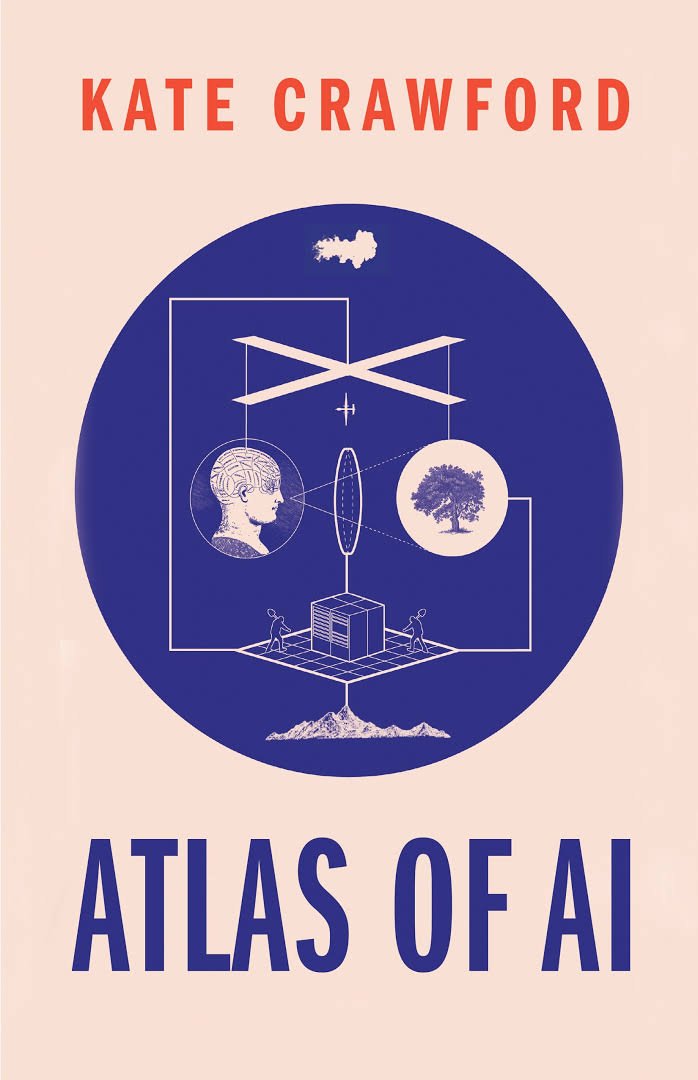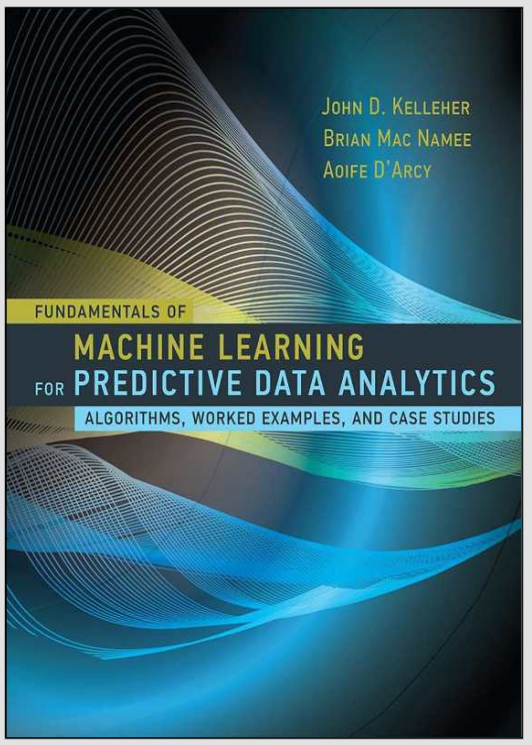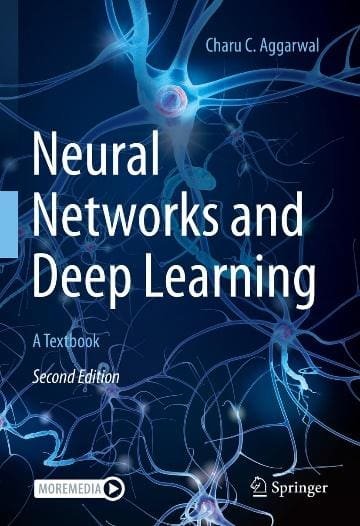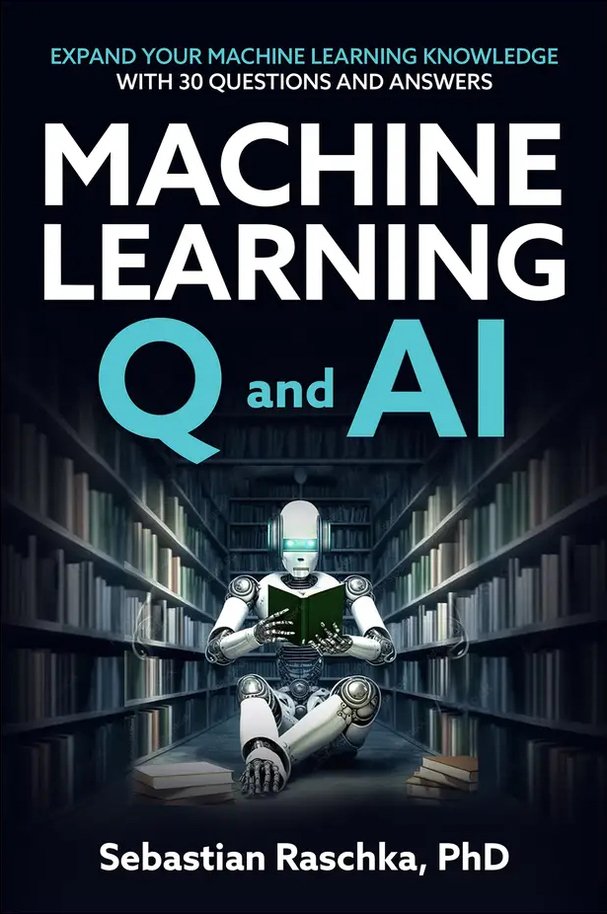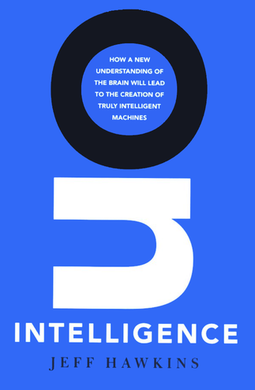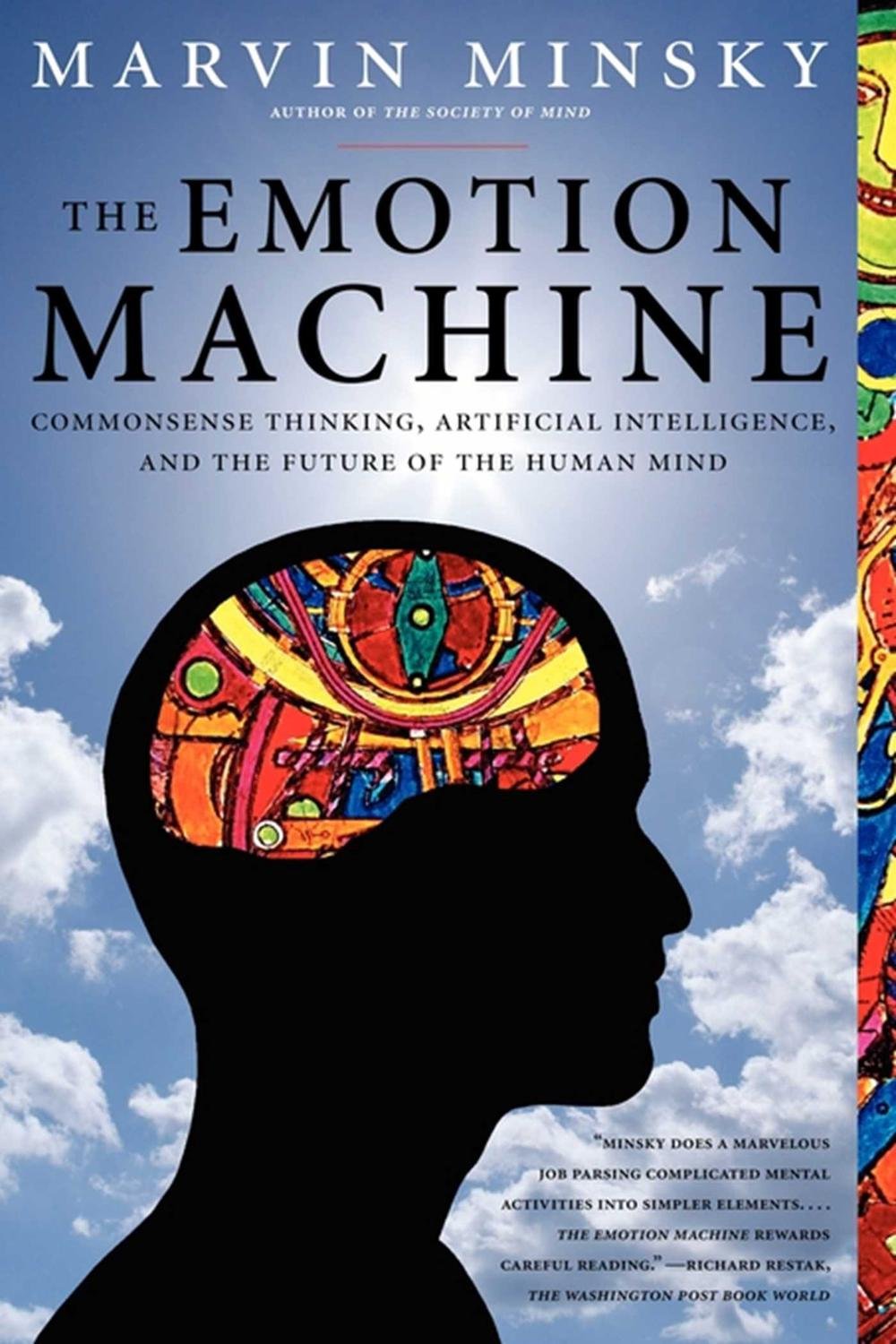
How Creativity Happens in the Brain
Private Book Reader
Upload and read your personal PDF books in our secure reader
Read Your Private BookShort Audio Book Summary
How Creativity Happens in the Brain Summary
0:00 / 0:00Reviews
No review yet. Be the first to review this book!
Description
Creativity is a complex and multifaceted phenomenon that involves the integration of various cognitive processes in the brain. While the exact neural mechanisms underlying creativity are still being investigated, research suggests that creativity involves the interplay of different brain regions and neurotransmitter systems. Here's an overview of how creativity happens in the brain: 1. Associative Thinking: Creativity often involves the ability to make novel connections between seemingly unrelated concepts or ideas. This process, known as associative thinking, relies on the brain's ability to access and combine information stored in different regions of the brain. Regions involved in associative thinking include the prefrontal cortex, which plays a key role in cognitive control and flexible thinking, and the temporal lobe, which is associated with memory and semantic processing. 2. Divergent Thinking: Divergent thinking is another key component of creativity, involving the generation of multiple ideas or solutions to a problem. This process is associated with the activation of the dorsolateral prefrontal cortex and the anterior cingulate cortex, regions involved in cognitive flexibility and generating alternative responses. 3. Imagination and Visualization: Creative thinking often involves the ability to mentally simulate and manipulate images or scenarios. This process relies on brain regions such as the occipital lobe, which processes visual information, and the parietal lobe, which is involved in spatial cognition and mental imagery. 4. **Emotional Processing**: Emotions play a crucial role in creativity, influencing motivation, risk-taking, and the evaluation of ideas. The limbic system, including structures such as the amygdala and the ventral striatum, is involved in processing emotional information and can modulate creative thinking by influencing mood and arousal levels. 5. Flow State:Creativity often occurs in a state of "flow," characterized by deep concentration, heightened focus, and a sense of timelessness. This state is associated with reduced activity in the prefrontal cortex and increased activity in brain regions involved in attention and reward processing, such as the nucleus accumbens. 6. **Neurotransmitters**: Neurotransmitters such as dopamine, serotonin, and norepinephrine play a modulatory role in creativity. Dopamine, in particular, has been implicated in reward processing, motivation, and novelty-seeking behavior, all of which are important for creative thinking. 7. **Neuroplasticity**: Creativity is also influenced by the brain's capacity for neuroplasticity, or the ability to reorganize and adapt in response to new experiences and environmental demands. Learning and practicing creative skills can lead to structural and functional changes in the brain, facilitating the development of creative expertise over time. In summary, creativity involves a distributed network of brain regions and neurotransmitter systems working together to facilitate associative thinking, divergent thinking, imagination, emotional processing, and the attainment of a flow state. Understanding the neural basis of creativity can provide insights into how to foster and enhance creative thinking abilities.







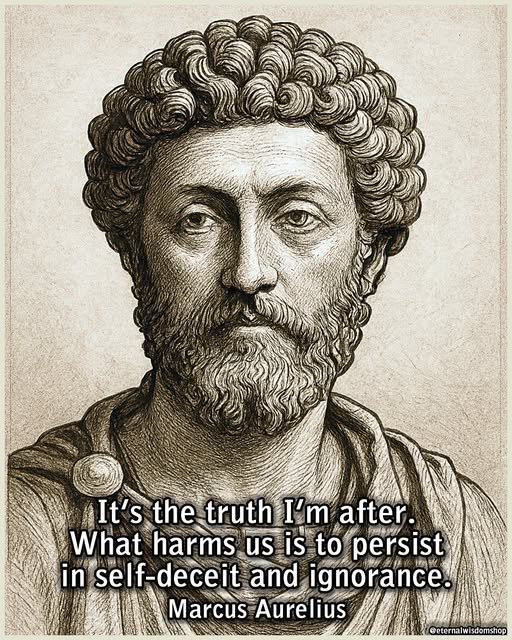









 Apr 30, 2025
Apr 30, 2025















.png)








.jpg)










.jpeg)
.jpeg)
.jpg)






.jpeg)





.jpeg)

.jpg)







.jpg)






.jpg)
.jpg)

.jpg)
.jpeg)


